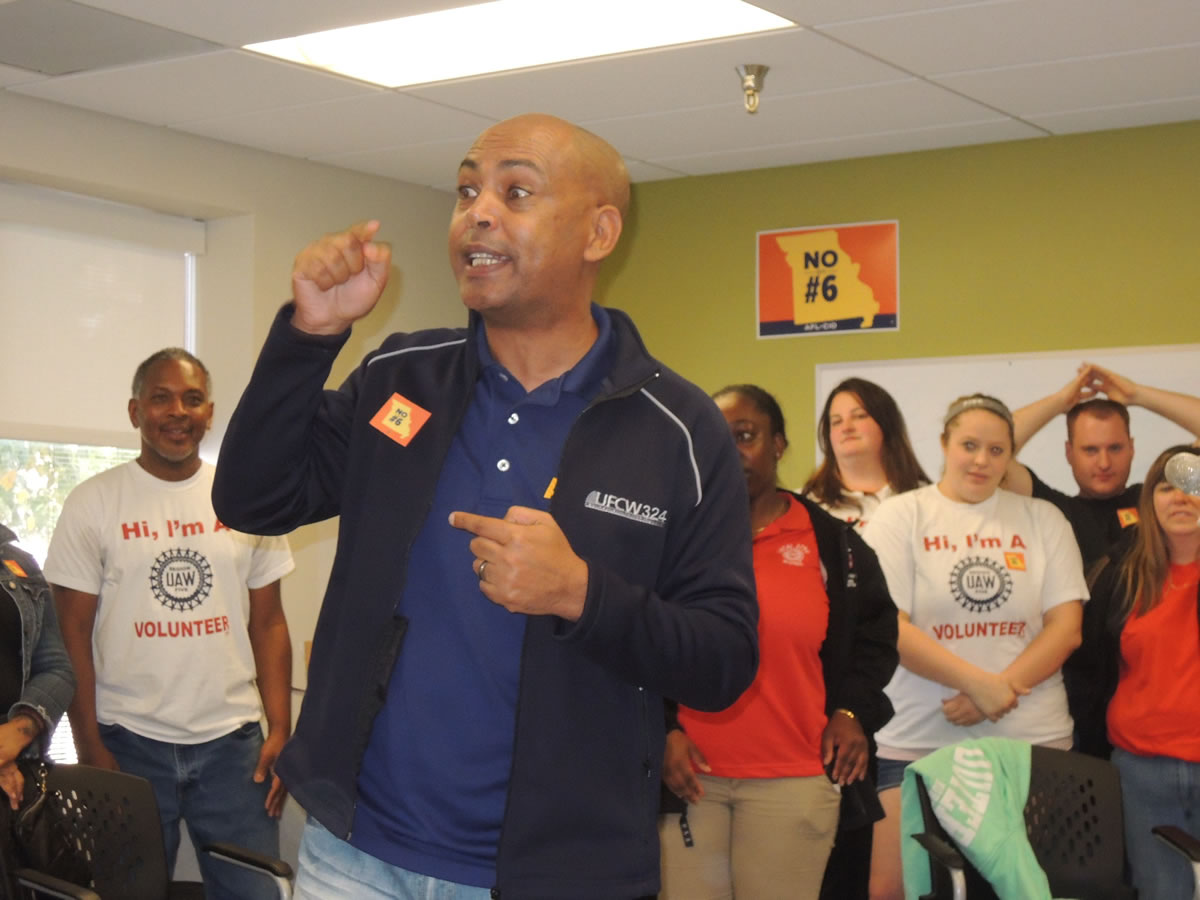

Share
It was a year when workers took to the streets. They often succeeded when they campaigned for themselves. But when they turned to politics, their efforts failed.
And it was a year when the courts and federal agencies played key roles in the lives of workers, often producing mixed results as workers’ foes often found right wing judges to undo what progress agencies produced on workers’ behalf.
As a result, 2016 was a mixed bag for workers and their allies – and it ended with a downer of an election and workers and their allies, faced with an hostile incoming government in the White House, in Congress and in the states, struggling to figure out how to respond.
The year saw mass protests by low-paid workers in the Fight for 15, port truckers demanding recognition and the right to organize and campaigns by unionists and their allies for the restoration of democracy and for paid family leave and decent working conditions. They racked up wins – higher wages, state minimum wage hikes, paid leave laws in cities stretching from Minneapolis to Chicago to New York to Los Angeles, and more.
Labor led a successful national campaign against the jobs-destroying Trans-Pacific Partnership, forcing its backers – including corporations, Republicans and Democratic President Barack Obama – to withdraw it. And the union movement launched a national discussion about racism, discrimination and unwonted slayings of African-Americans.
On a state and multi-state level, Pennsylvania professors forced to strike by huge budget cuts won their battle against those slashes. And 45,000 Verizon workers forced to walk out for more than a month when their profit-heavy bosses demanded huge health care cuts and other benefit slashes also won when the company backed down.
Other victories included a 2-day teachers’ sickout in Detroit that told the nation how management mismanaged the Motor City’s schools and the Steelworkers’ win, beating a long company lockout, at Allegheny Technologies.
Not everything was a win: The Republican controllers of Congress ducked doing anything about troubled multi-employer pension plans, an issue that sent the Teamsters to D.C., and provided only a temporary and unsatisfactory fix to pension problems of coal miners.
Then there were mixed results, mostly in the field of law and regulations. Time after time, workers and their allies would win at the regulatory level only to see right wing judges and governors overturn those victories in court. That win-then-loss sequence covered everything from Obama administration executive orders and regulations, such as expanding eligibility for overtime pay and forcing “consultants” – i.e. union busters – to disclose how much they spent and for what to state-level rulings and conflicts.
And that’s where the red-state control kicked in. Right wingers and their business backers hit the courts, especially federal courts in Texas, to overturn those rules. Reactionary governments, such as the Missouri legislature, the Alabama government and Illinois GOP Gov. Bruce Rauner used courts, agencies, legislative control, or a combination, to trash workers.
But in pro-worker states, notably Maryland, New York, Massachusetts, California and Oregon, workers had notable wins: Los Angeles port truckers being officially classified as employees with the right to organize, a California state supreme court ruling tossing out a lower court’s abolition of teacher tenure, minimum wage hikes in Washington and Oregon, and strong equal pay laws in California, Maryland, New York and the Twin Cities, for example.
And a federal judge in West Virginia sentenced former Massey Energy CEO Don Blankenship to a year in jail for lying to OSHA about conditions in his Upper Big Branch coal mine five years before, where an explosion and collapse had killed 29 miners.
Workers also dodged a bullet at the U.S. Supreme Court: After Justice Antonin Scalia, a right wing icon, died, the jurists tied 4-4 on the Friedrichs case, a right-wing financed and inspired attempt to strip public sector unions of all their rights to collect dues or agency fees.
But the year also saw unionists and their allies increasingly involved in politics, and there their effort came crashing down around their ears.
Most unions and union leaders endorsed and backed former Secretary of State Hillary Rodham Clinton for the Democratic presidential nomination, and, later, for the Oval Office.
Five unions backed Sen. Bernie Sanders of Vermont, her prime primary challenger. Several stayed neutral. Two small sectors of one union — representing Border Patrol and Immigrations and Customs Enforcement agents — backed Republican nominee Donald Trump.
Virtually all unions put on a huge drive to elect worker friendly candidates to Congress.
Trump won. Anti-worker candidates won. And unionists split only 49 percent-47 percent for Clinton over Trump. In the key swing state of Ohio, 52 percent of unionists backed Trump.
At the end of the year, that left workers and union leaders to ponder “Now what?” They split four ways from Sunday on how to respond, ranging from promises of cooperation — from a building trades statement — to massive resistance, from National Nurses United.
Workers face unified anti-worker control in Washington, a lopsided anti-worker tilt in governors’ offices and state legislatures, and a resurgent ideological radical right intent on rolling back workers’ gains — not just in labor rights, but in Social Security, Medicare, health care, pensions and elsewhere – backed by business plutocrats and the coming administration.

